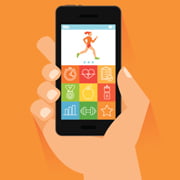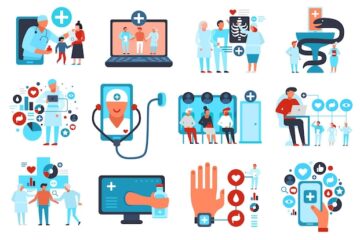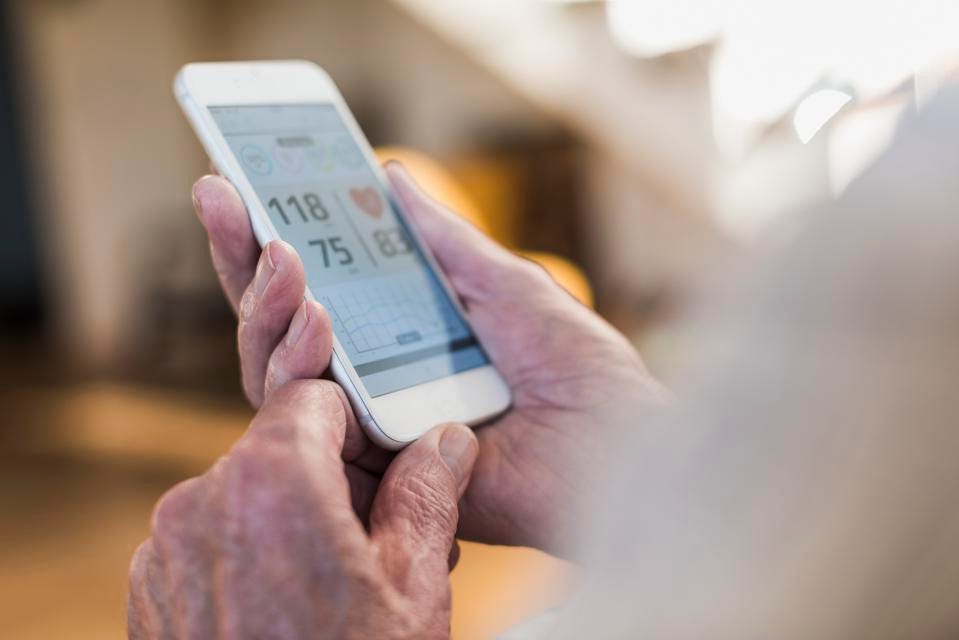
In a data brief published by the Commonwealth Fund, researchers explain how most mHealth apps have low design quality, making them essentially unusable for many patients.
The researchers, led by Urmimala Sarkar, MD, MPH, conducted an observational analysis using 11 high-rated diabetes, depression, and caregiver apps. The team asked 26 patient and caregiver participants to complete a set of tasks intended to indicate the app usability.
Overall, these apps showed significant interface design problems. The buttons were not large enough for patients, and most apps lacked instructions for easier navigation.
The apps also lacked contextual information explaining to patients why certain data entry points were important.
Limited patient education often keeps patients from fully understanding their chronic illnesses, thus keeping them from full engagement. When the tested apps did not explain to diabetics why they may want to review a past meal, the apps kept those patients from fully understanding the implications of their disease.
The apps also presented several data entry and retrieval difficulties. Most of the apps required extensive data entry, asking users to input multiple pages of data points. On average, patients were only able to get about halfway through the data entry prompts without expert assistance. Many patients also reported unclear explanations of what data the app required.
Patients also reported issues with data retrieval, such as information about upcoming doctor’s appointments or consultations. On average, patients completed 79 out of 185 tasks without assistance.
In the end, the researchers identified two major barriers to app usability: a lack of patient confidence with technology, and poor app interface design usability.
The researchers cited two potential solutions to these problems.
“To harness the potential of mobile apps, developers may need to engage a diverse set of patients in the design and testing of their products,” Sarkar and colleagues wrote.
“In addition, the apps should be able to remind users of the rationale for each task and should integrate data from other sources, such as pharmacies, to reduce the need for manual data entry,” they continued.
Not only do mHealth apps have low usability, but research shows that many of them are alsounsuccessful at boosting patient engagement. According to researchers Karandeep Singh and David Bates, MD, most mHealth apps fail to fulfill eight central components of mHealth patient engagement.
These factors included providing educational information, reminding or alerting users, recording and tracking health information, displaying and summarizing health information, providing guidance based on user activity, enabling communications with providers and family members, providing support through social networks, and supporting behavior change in rewards (such as a points system).
Singh and Bates found that most apps fell into one of two categories: educational apps or engagement apps. Educational tools best suited patients with lower levels of engagement and who were just starting to learn about their conditions.
Engagement apps were better at reminding and prompting patients, and provided little information about chronic diseases. These apps were better suited for the already fully engaged patient.
Overall, it’s a long road ahead for mHealth app developers, but experts say the road is worth it. When developers consult patients about usability needs and take into account important aspects of patient engagement, their programs can show promise.
“Chronic disease self-management and promotion of patient engagement are essential to successful care management programs targeting patients with high needs and high costs and are associated with improved quality of life, functional autonomy, and decreased hospital use,” Singh and Bates explained.
“Mobile health applications, or apps, designed for smartphones can help empower high-need, high-cost patients to self-manage their health.”
[Source:- Patient emergent hint]




